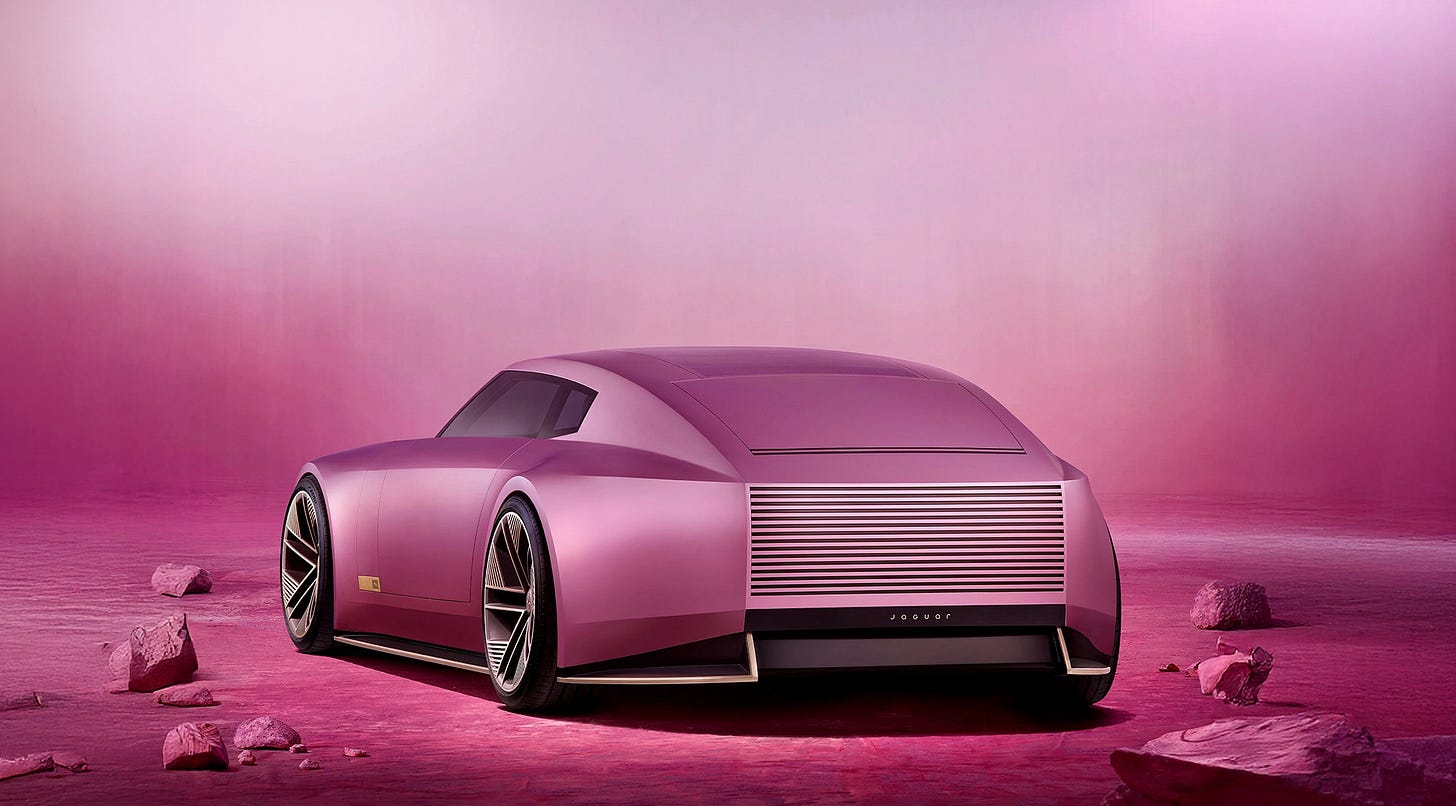Jaguar's Heritage Exodus
A Case Study in Brand Mismanagement
Introduction
In November 2024, Jaguar revealed a dramatic rebrand to reposition itself as a modern, ultra-luxury electric vehicle marque. The move discarded nearly every visual and emotional element associated with the company's heritage: from its iconic leaping cat logo and “Grace, space, pace” ethos to its longstanding British design cues. What follow…
Keep reading with a 7-day free trial
Subscribe to Growth, Brands and More to keep reading this post and get 7 days of free access to the full post archives.



